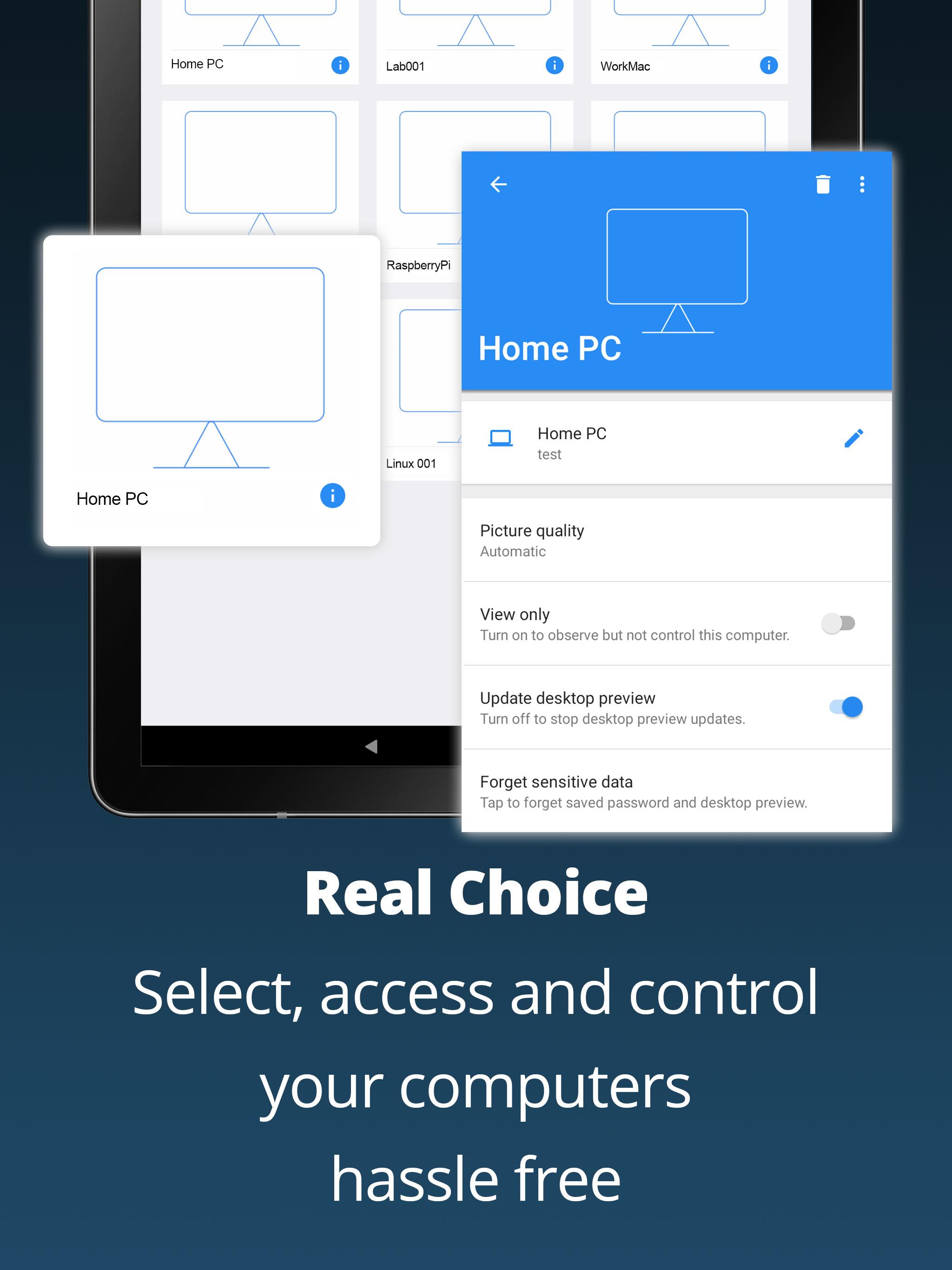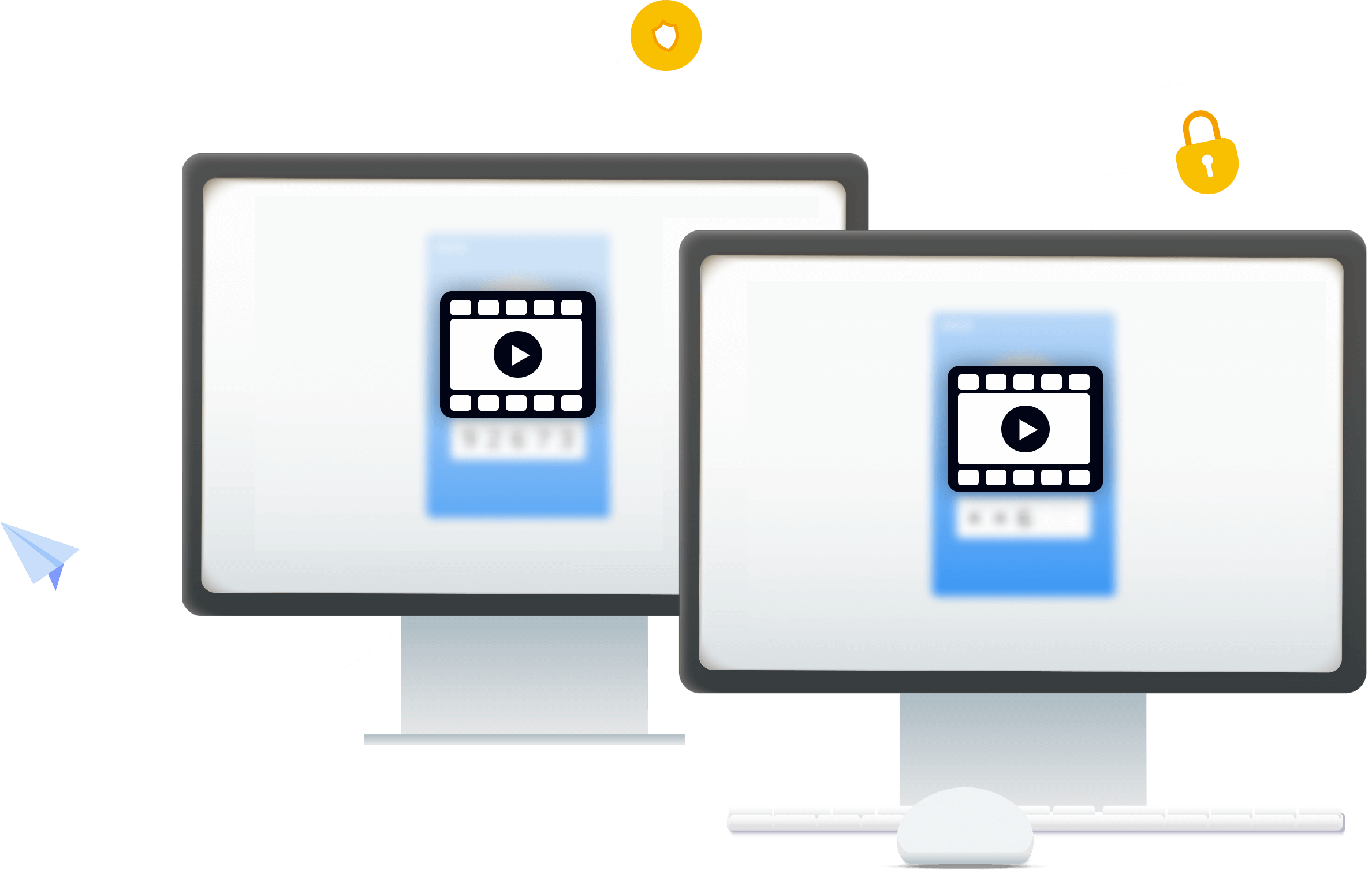VNC Access IoT FREE: Easy Remote Control & Access Guide
Are you grappling with the complexities of managing Internet of Things (IoT) devices, wishing for a streamlined, accessible solution? Then, consider the transformative power of VNC (Virtual Network Computing) technology, particularly its free access options, which offer a gateway to effortless remote control and management of your IoT ecosystem.
The world of IoT has exploded, transforming industries and everyday life. From smart homes to industrial automation, the proliferation of connected devices demands efficient and secure management. Remote access is no longer a luxury; it's a necessity. VNC, a powerful remote access protocol, provides a reliable and versatile solution, allowing users to connect to their IoT devices from anywhere with an internet connection. This ensures seamless operations, enhanced productivity, and the ability to troubleshoot and maintain devices regardless of physical location.
The allure of free tools is undeniable, especially when dealing with a rapidly expanding network of devices. Fortunately, the landscape of VNC solutions offers several free options tailored for IoT management. These tools empower users to experiment with remote access, explore the functionalities, and optimize their IoT deployments without incurring financial burdens. VNC Connect IoT Free stands out as a prominent example, offering a powerful solution for seamless remote access and control. Other options, like TightVNC and Remote Ripple, provide alternative avenues for connecting and managing your devices.
- Free Onlyfans Leaks Alice Rosenblum Watch Now At Notfans
- Unveiling Aagmaalmen Details Competitors Amp Insights In 2025 Google Discover
But what exactly is VNC, and how does it facilitate remote access? At its core, VNC is a graphical desktop-sharing system that utilizes the Remote Framebuffer (RFB) protocol. It essentially allows you to view and control a remote computer's desktop. Imagine having the screen and control of your Raspberry Pi, Nvidia Jetson Nano, or any other IoT device mirrored on your computer or mobile device. You can interact with the device as if you were physically in front of it, running applications, editing files, and managing the system. The beauty of VNC lies in its platform independence: it works across various operating systems, including Windows, macOS, Linux, iOS, and Android.
The advantages of using VNC for IoT are numerous. First and foremost, it enables remote control and monitoring. You can monitor your smart home devices, industrial IoT systems, or any connected hardware from anywhere in the world. This significantly reduces the need for on-site visits, saving time and resources. Secondly, VNC simplifies troubleshooting and maintenance. When problems arise, you can remotely diagnose and fix them without physical access to the device. This is particularly crucial for geographically dispersed IoT deployments. Furthermore, VNC offers improved efficiency. You can run applications and manage files on your IoT devices remotely, streamlining your workflow and increasing productivity.
Free VNC options provide an accessible entry point into the world of remote IoT management. VNC Connect, for instance, offers a free version for personal use, making it ideal for managing IoT devices on a small scale. TightVNC is another robust free option, providing reliable remote access and control. Remote Ripple, a modern VNC client, offers a user-friendly interface across multiple platforms. These free solutions are excellent for experimenting, learning, and deploying small-scale IoT projects.
Setting up VNC for IoT devices typically involves a few straightforward steps. You'll need to install a VNC server on your IoT device (e.g., a Raspberry Pi) and a VNC client on your computer or mobile device. The server software receives the display updates from the IoT device and transmits them over the network. The client software receives the updates and allows you to interact with the device. After the installation, you'll need to configure the server with a password for security. Finally, you'll connect to the IoT device by entering its IP address and password in the VNC client.
For devices like Raspberry Pi, the process often involves installing a VNC server like RealVNC Server or TigerVNC. For platforms like Nvidia Jetson Nano or Google Coral, you'll follow similar installation procedures. The key is to choose a server compatible with your IoT device's operating system. Once the server is installed and configured, you can use a VNC client like RealVNC Viewer, TightVNC Viewer, or Remote Ripple to connect to the device from anywhere with an internet connection.
Security is paramount in IoT deployments. VNC provides several security features, including password protection and encryption. When configuring VNC, always set a strong password to prevent unauthorized access. It's also advisable to use encryption to protect the data transmitted between the server and the client. Additionally, consider using a VPN (Virtual Private Network) to create a secure tunnel for all VNC traffic, enhancing security. Regularly update the VNC server and client software to address any security vulnerabilities.
Many users often ask about commercial usage. While free versions of VNC tools are excellent for personal projects and small-scale deployments, commercial use often necessitates a paid subscription. For example, VNC Connect offers a free version for personal use, but businesses are required to subscribe to a paid plan. The paid plans typically include advanced features like enhanced security, remote printing, file transfer, and centralized management. The decision to choose a free or paid version depends on the specific requirements of your IoT project, the scale of deployment, and the level of security and support needed.
The selection of the right VNC tool for your IoT project depends on your specific requirements and the features you need. VNC Connect stands out as a versatile solution that allows for seamless remote access and control of IoT devices. TightVNC is a good option if you're searching for a simple, lightweight, and reliable VNC client. Remote Ripple offers a modern, user-friendly interface across different platforms. Experimenting with different tools and comparing their features and performance will help you determine the best fit for your needs.
The benefits of adopting VNC within the realm of IoT are undeniably transformative. Through VNC, one can orchestrate remote control and monitoring with ease, eliminating the need for on-site interventions. The ease of troubleshooting and maintenance cannot be overstated, particularly when dealing with devices dispersed across geographical boundaries. By offering such effortless and user-friendly functionalities, VNC substantially elevates the efficiency of operations, opening doors to unprecedented levels of productivity. Be it in smart home scenarios, expansive industrial systems, or any other sphere where connected devices thrive, the adoption of VNC ensures smooth functioning and contributes to the overall efficacy of the operations.
Remember, the core advantage is this: with VNC, your physical presence is no longer a prerequisite for managing your IoT ecosystem. You can run applications, edit files, and interact with your IoT as if you're right in front of it, no matter where you are. The convenience is invaluable, the capabilities are vast, and the possibilities are truly revolutionary.
To summarize, VNC Connect IoT Free is a powerful and accessible solution that allows users to remotely access and control IoT devices with ease. Get your free copy of TightVNC! Get Remote Ripple, our modern VNC client for Windows, Mac, iOS, and Android (now free as well). As we explore the intricacies of accessing IoT devices with free VNC tools, are you searching for a reliable solution to connect and manage IoT devices remotely? Virtual network connection(VNC) is a protocol for safely accessing the IoT graphical user interface(GUI) or desktop.
Here's a table to quickly summarize the advantages of using free VNC solutions for IoT:
| Feature | Benefit |
|---|---|
| Remote Access | Connect to IoT devices from anywhere with an internet connection. |
| Remote Control | Control your IoT devices as if you're right in front of them. |
| Cost-Effective | Free versions available for personal use and small-scale projects. |
| Platform Independence | Works across various operating systems (Windows, macOS, Linux, iOS, Android). |
| Simplified Troubleshooting | Remotely diagnose and fix problems without physical access. |
| Increased Efficiency | Run applications and manage files remotely. |
| Easy Setup | Simple installation and configuration process. |
| Security Features | Password protection and encryption to secure your connection. |



Detail Author:
- Name : Axel Abernathy
- Username : purdy.eleanore
- Email : gregoria53@gmail.com
- Birthdate : 1996-04-19
- Address : 8295 Brody Drive Port Isaiastown, MS 84629
- Phone : +1-916-968-8431
- Company : Welch-Bins
- Job : Travel Agent
- Bio : Libero molestiae esse earum nulla aut a et. Vitae dolorem facilis ducimus ut voluptatum quis consequatur. Est delectus autem inventore eum praesentium ea.
Socials
tiktok:
- url : https://tiktok.com/@karine_xx
- username : karine_xx
- bio : Quisquam odio quo esse reiciendis corrupti nemo id.
- followers : 2976
- following : 2947
facebook:
- url : https://facebook.com/karine6630
- username : karine6630
- bio : Ut aliquid minus ea labore quo.
- followers : 3129
- following : 1408
instagram:
- url : https://instagram.com/karine2513
- username : karine2513
- bio : Error nobis ipsa sint ut cumque totam. Distinctio molestiae cumque aut et. Et aut ex et.
- followers : 1579
- following : 2143
twitter:
- url : https://twitter.com/karinecarter
- username : karinecarter
- bio : Sed temporibus voluptas quo ipsum rerum et. Est consectetur quisquam non numquam quidem.
- followers : 2654
- following : 2609